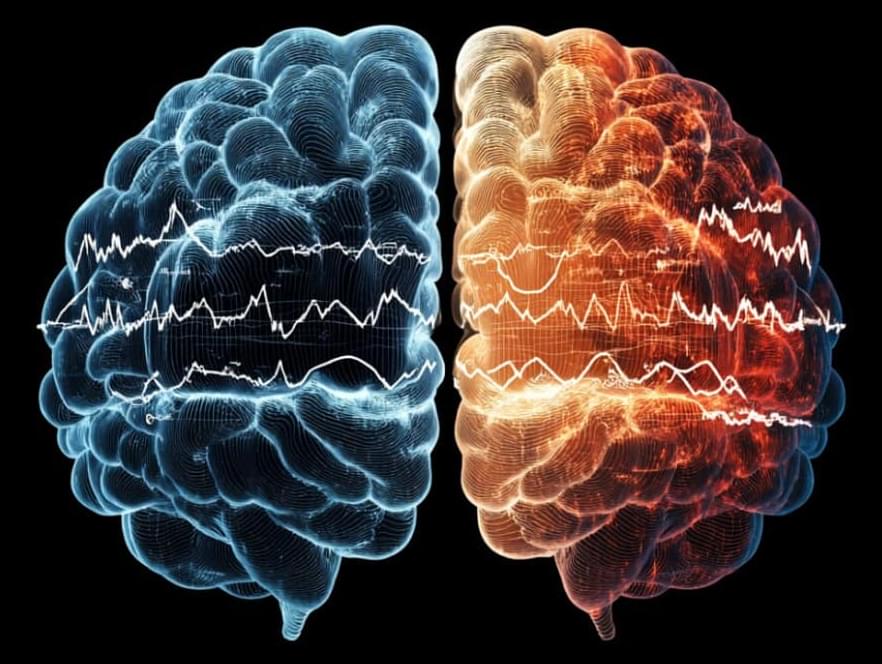A group of researchers affiliated with the Center for Innovation in New Energies (CINE) has developed a method for purifying materials that is simple, economical and has a low environmental impact. The scientists have managed to improve the efficiency of a film that can be used in some green hydrogen production processes.
Known as mullite-type bismuth ferrite (Bi₂Fe₄O₉), the material has been used as a photoelectrocatalyst in the production of hydrogen by photoelectron oxidation, a process in which molecules of water or biomass derivatives are oxidized using sunlight as an energy source. The role of bismuth ferrite films in this process is to absorb light and drive the electrochemical reactions that “separate” the hydrogen from the original molecules (water, glycerol, ethanol, etc.).
However, the performance of these photoelectrocatalysts has been limited in the production of hydrogen due, among other factors, to the presence of unwanted compounds in the material itself, known as secondary phases. Now, research carried out by CINE members in the laboratories of the State University of Campinas (UNICAMP) in Brazil has brought a solution to the problem: a purification method that has managed to eliminate these unwanted compounds.






